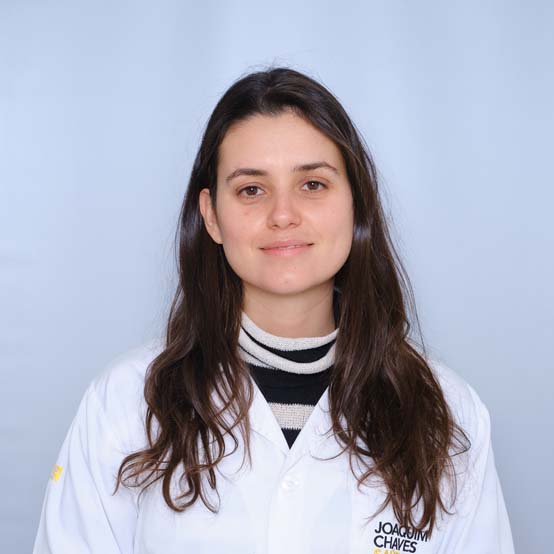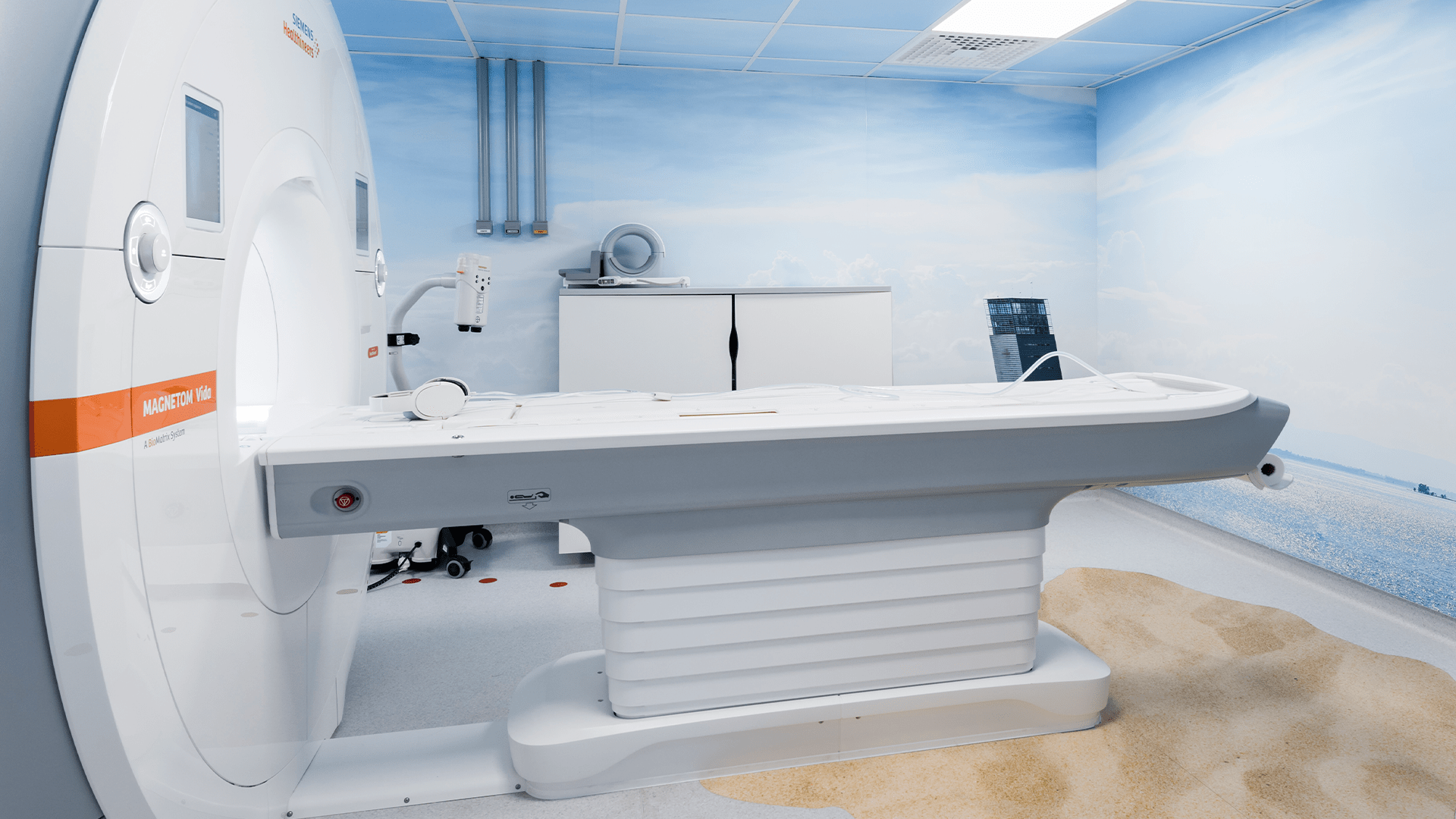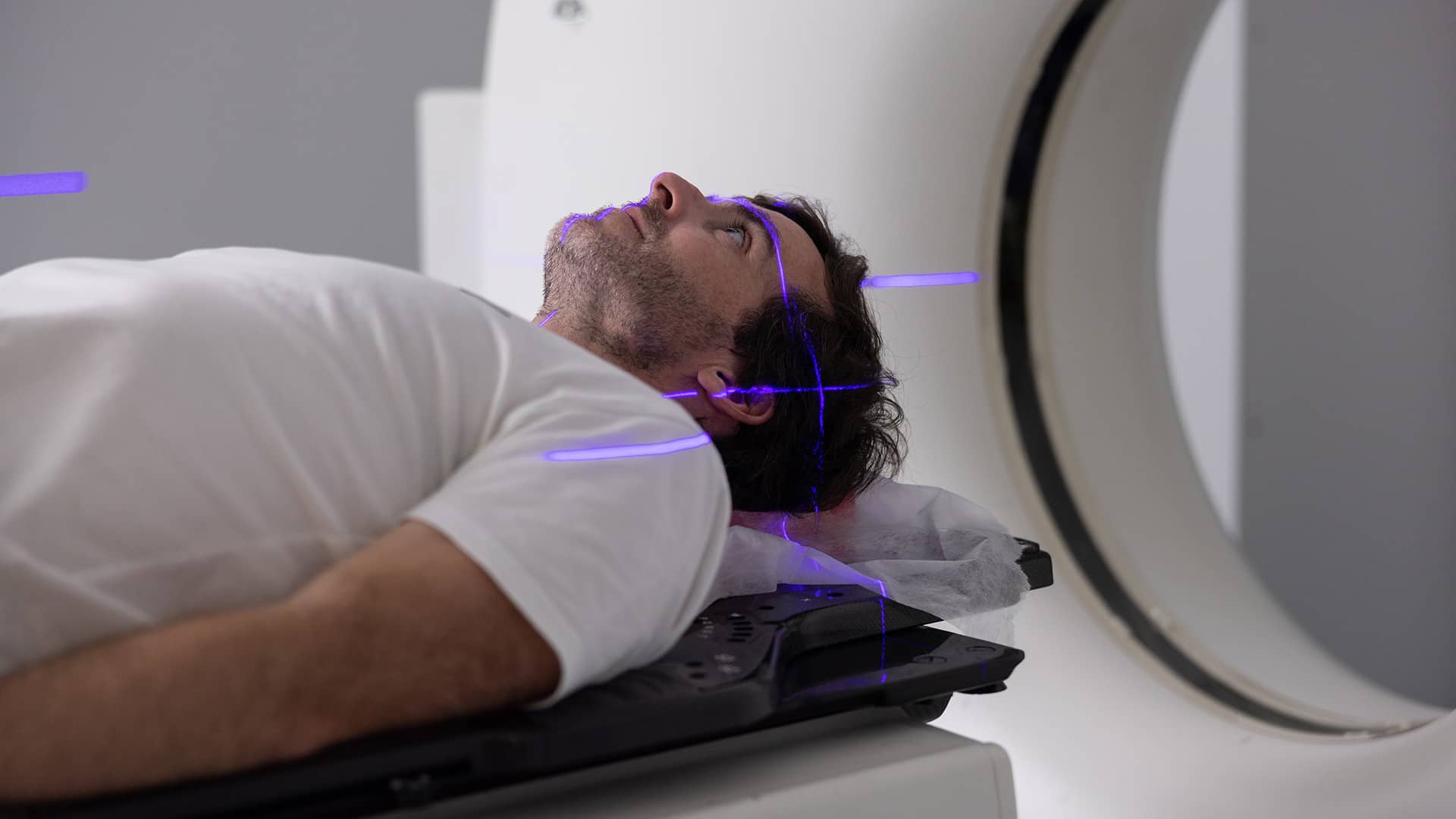Migraine is not just a simple headache. It has a strong impact on quality of life and is debilitating. Discover the causes and how to treat it.
Migraine causes prolonged episodes of intense suffering with incapacitating pain that has significant professional and social repercussions. Discover what can cause migraines and how they can be treated.
What is a migraine?
Migraine is a primary headache disorder characterized by episodes of intense throbbing or pulsating pain, interspersed with symptom-free periods. It is a neurological condition that can affect one or both sides of the head. In addition to debilitating headaches, migraines can be accompanied by nausea, vomiting, and increased sensitivity to sounds, light, or smells.
Migraine can occur at any age, but it is more common in early adulthood, becoming less intense (or disappearing) after the age of 50. This neurological condition affects approximately 14% of the global population, with the prevalence in women being approximately twice that in men. It is believed that this difference is related to the "protective" action of male testosterone.
What types of migraines exist and what are their symptoms?
Migraine can manifest in different ways, with over 100 identified types. We list the most common ones below.
Migraine with aura
Migraine with aura is characterized by a set of sensory and perceptual changes. The most common signs include seeing black or bright spots, tingling sensations, or an inability to speak clearly. These signs are transient, meaning they are completely reversible and usually precede the pain.
Migraine without headache
Migraine can also occur without headache, with this variant manifesting only through signs such as visual disturbances or nausea.
Hemiplegic migraine
In hemiplegic migraine, the patient experiences loss of sensation and a sensation of being pricked in the body. Pain may not occur.
Ocular migraine
This variant of migraine causes temporary loss of vision in one eye and is more common in women during the fertile period. In this case, immediate medical attention should be sought as it can lead to more severe complications.
Vestibular migraine
Patients with vestibular migraine have symptoms related to vertigo, a false sense of movement, either of themselves or of the environment. There may also be sensations of dizziness.
Chronic migraine
Migraine is considered chronic when patients experience this neurological condition for at least 15 days per month, reaching high levels of disability.
What is the average duration of a migraine?
Migraine attacks can last for hours or days, with symptoms worsening in the first hours. Typically, migraines follow the following phases:
Prodrome
During this phase, there are sensations that warn of an impending attack. Premonitory signs may include fatigue, difficulty concentrating, changes in appetite and/or mood, irritability, or restlessness.
Aura
During this phase, symptoms are more severe and may include a series of visual and perceptual changes. These changes are a normal symptom of migraine and do not indicate neurological or visual damage. Not all patients experience this phase.
Headache
During this phase, the pain is intense and worsens with movement. Typically, migraines decrease during sleep. Nausea, vomiting, and extreme sensitivity to light and/or sound may also occur. Severe attacks can disrupt family and professional life.
Postdrome
This is the final phase, characterized by a gradual decrease in symptoms. In some cases, the attack may also disappear suddenly. Many patients report a feeling of "hangover" after the attack.
Migraine: causes
Migraine is caused by a dilation of cerebral blood vessels, which can have various, still poorly understood causes. However, some factors have been identified that, although not the direct cause of migraine, can trigger or exacerbate attacks. These factors may vary for each individual, but the most common ones include:
- Insomnia
- Climate changes
- Prolonged fasting
- Excessive sensory stimulation
- Stress
- Elevated estrogen levels
Certain foods have also been associated with migraines, although the cause-effect relationship is not yet clear. Examples include cheeses, chocolates, strawberries, shellfish, artificial sauces, or excessive caffeine.
Additionally, there may be a genetic predisposition, meaning patients with a family history of migraines are more likely to develop this neurological condition.
How is migraine diagnosed?
Diagnosis of migraine is carried out by a neurologist through the collection of medical history and physical and neurological examinations. In some cases, the doctor may use a CT scan or MRI to rule out other diseases. The diagnosis is made when the symptoms are typical and the test results do not indicate other underlying conditions. In cases where migraine is not a standalone condition but a symptom of a more serious disorder, neurological examinations are always necessary, especially in the following cases:
- Sudden onset of an attack within a few seconds
- Onset after the age of 50
- Exponential increase in intensity and frequency
- History of cancer
- Weakened immune system
- Presence of fever or neck stiffness
What is the treatment for migraine?
There is no cure for migraine, but it can be managed. The doctor will prescribe the best treatment for each individual case. It is common for the specialist to request a migraine diary, where patients write down the number and distribution of attacks, as well as possible triggering factors. This way, the doctor will have the necessary information to prescribe the most appropriate and effective treatment.
However, the most common medical recommendations may include:
- Medication therapy to relieve symptoms (such as analgesics, anti-inflammatory drugs, antiemetics, or triptans)
- Rest in a quiet, dark room
- Applying pressure or cold to the site of pain
- Practice relaxation techniques, especially when stress is a trigger
- Lifestyle changes, such as regularizing sleep, engaging in physical activity, quitting smoking, dietary care, or stress avoidance
- Acupuncture
- Homeopathy
It is important to remember that any treatment should always be established by a doctor, as the most suitable intervention depends on each individual case. What may have been beneficial for one person may not be for another.
Migraine is invisible but very real and disabling. If you suffer from this condition, seek medical help as soon as possible. Count on Joaquim Chaves Saúde to start the most suitable treatment and regain your quality of life. Schedule your Neurology consultation now.






